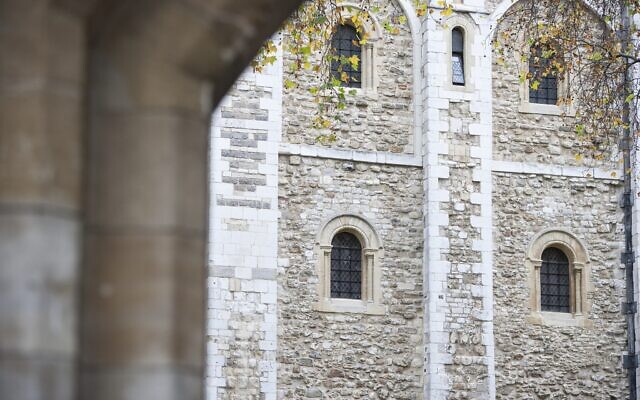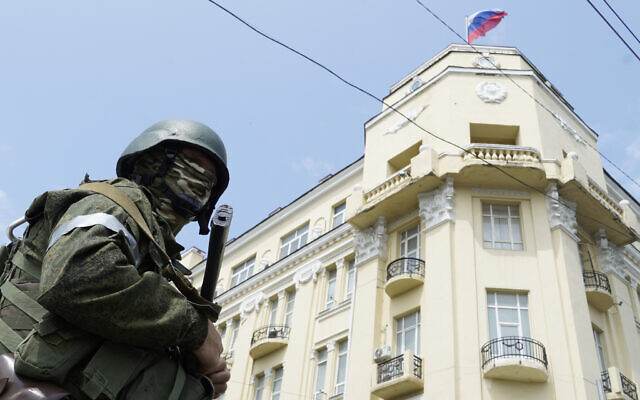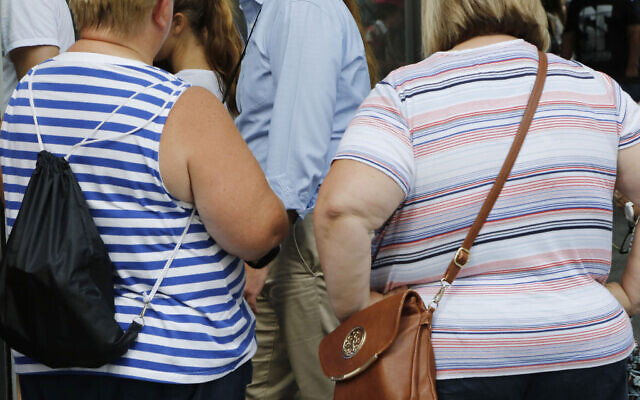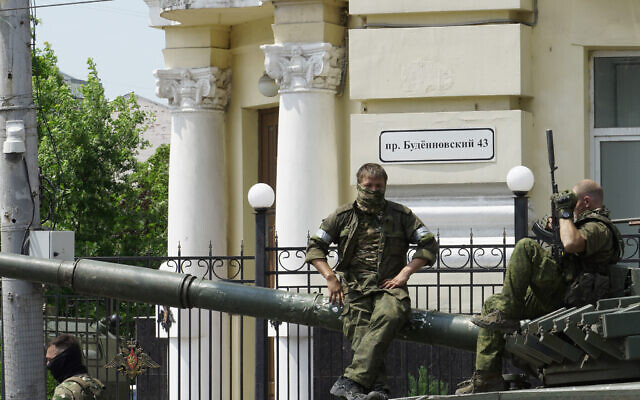Why the Tower of London holds a paradoxical place in Medieval England’s Jewish story
New research by Dr. Rory MacLellan, who led a 2-year project at Historic Royal Palaces, paints iconic fortress as a place of imprisonment, and sanctuary, for 13th-century Jews
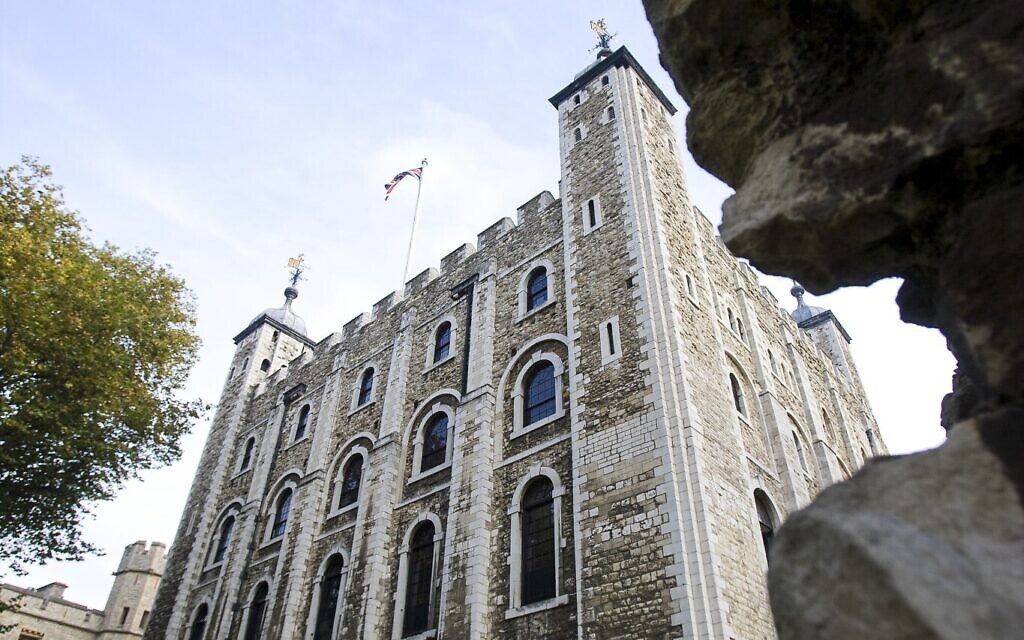 The White Tower at the Tower of London. (© Historic Royal Palaces)
The White Tower at the Tower of London. (© Historic Royal Palaces) Two Tower ravens in the ravens' cages, near the Wakefield Tower at the Tower of London. (© Historic Royal Palaces)
Two Tower ravens in the ravens' cages, near the Wakefield Tower at the Tower of London. (© Historic Royal Palaces)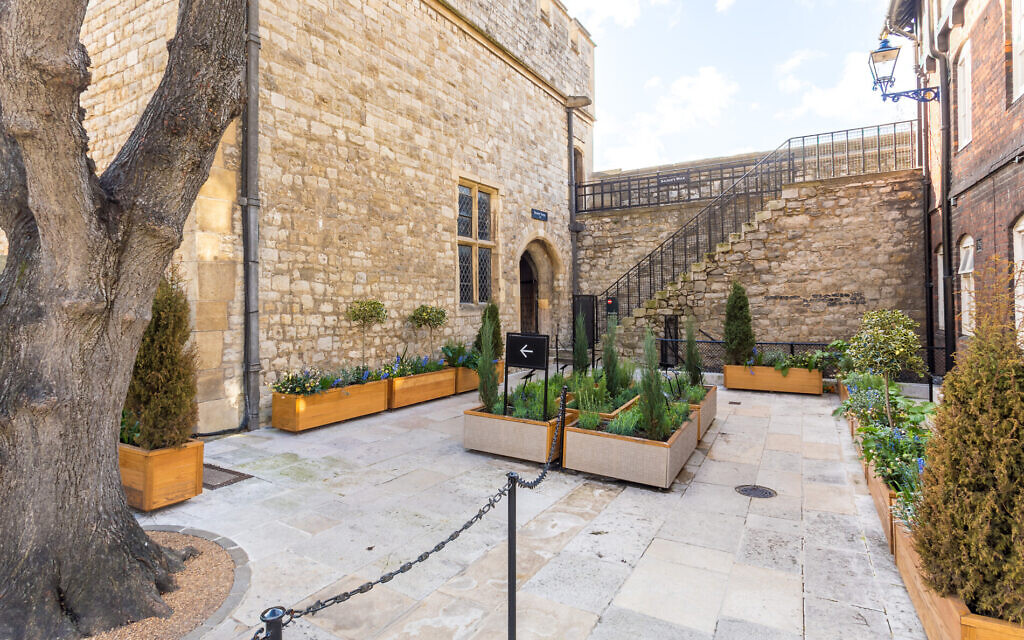 The Tower of London's Lost Garden and exterior of the Bloody Tower. (© Historic Royal Palaces)
The Tower of London's Lost Garden and exterior of the Bloody Tower. (© Historic Royal Palaces)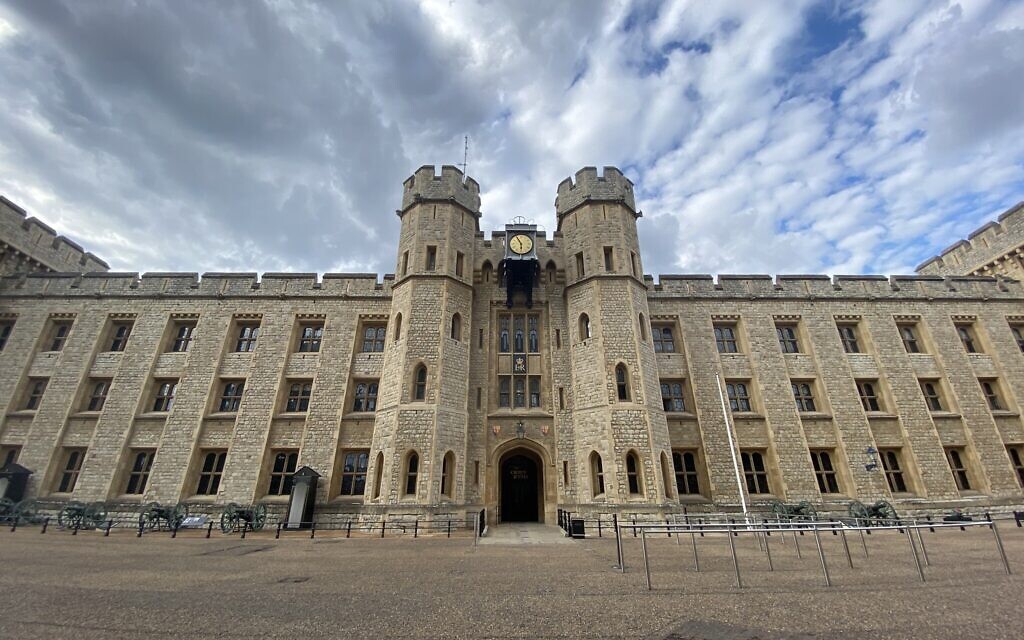 A photograph of the Jewel House in the Tower of London where the Crown Jewels are kept. (© Historic Royal Palaces)
A photograph of the Jewel House in the Tower of London where the Crown Jewels are kept. (© Historic Royal Palaces)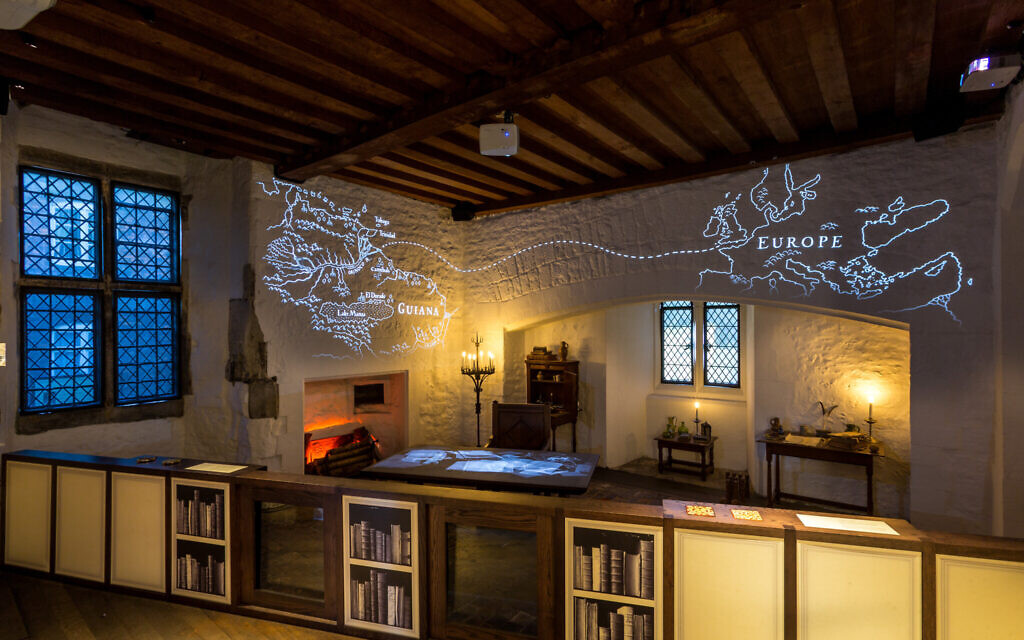 Sir Walter Raleigh's Study downstairs in the Bloody Tower at the Tower of London, showing a desk and walls with projections. (© Historic Royal Palaces)
Sir Walter Raleigh's Study downstairs in the Bloody Tower at the Tower of London, showing a desk and walls with projections. (© Historic Royal Palaces)
LONDON — For nearly 1,000 years, the Tower of London has loomed over the north bank of the River Thames as a royal palace, fortress, and onetime infamous site of torture and death.
But, for the Jews of Medieval London, it has played a paradoxical role as a place of both imprisonment and sanctuary, execution and employment.
That role is highlighted and explored in new research that provides the most comprehensive and detailed overview of Jewish prisoners, refugees, and staff to date, including the biographies of nearly 250 individuals or groups of Jews known to have been at the Tower from the community’s arrival in England until their expulsion in 1290.
“The Tower of London is one of the most significant Medieval Jewish sites in the country,” Dr. Rory MacLellan, who led the two-year project at Historic Royal Palaces, told The Times of Israel. “Unlike other countries, there aren’t any standing Medieval synagogues left in England. If you were a Jew living in Medieval England, you would have known about the Tower.”
MacLellan’s findings are detailed in the latest issue of History magazine.
The Tower’s role for the Jews — who are thought to have settled in the country soon after the Norman conquest of 1066 — stemmed from their unique legal status in 13th-century England. As contemporary documents record, Jews and their possessions were considered the property of the king. “All Jews, in whichever kingdom they may be, ought to be under the guardianship and protection of the liege king… because the Jews and all their possessions are the king’s,” say the “Laws of Edward the Confessor.”
Seen as a valuable cash cow, royal officials were thus charged with protecting Jews from the mob while also ensuring they paid over tallages — a variable and arbitrary form of taxation — as and when the king needed them.
“It is very exploitative but there is that element of protection,” says MacLellan. “But it’s a very cynical relationship and very self-interested. When the Crown tries to protect Jews from attack, it’s not really doing it out of modern ideas of toleration and multiculturalism. They’re doing it because Jews are a financial resource.”
While Jews were banned from most occupations other than moneylending, they were frequently tapped by the Crown for considerable sums. In 1273, for instance, a third of the value of every Jew’s moveable goods was seized by the Crown. Those who didn’t pay up could be imprisoned or sent into exile. Even death provided no relief: the king received a third of a Jew’s estate after their death. Similarly, Jews who converted to Christianity ended up forfeiting a sizeable proportion of their property to the monarch. And, in a particularly dark twist, the Tower’s outer wall — including the famed Traitor’s Gate — was partly funded by punitive taxes imposed upon Jews.

At the apex of Medieval England’s parallel Jewish legal and administrative system sat the Exchequer of the Jews at Westminster. Its judges oversaw legal cases — ranging from wrangles over debts and property sales, to serious criminal charges of theft, fraud, and murder — involving Jews or debts owed to Jews. The Exchequer’s plea rolls — summaries of court cases — were the main source for MacLellan’s research. Those Jews found guilty by the court were often sent to the Tower.
The first hard evidence of the relationship between Jews and the Tower dates back to 1190. In that year, the constable of the Tower of London — the royal official who was responsible for taxing and protecting Jews in the capital — recorded various receipts from Jews: £40 from a Murianda the Jew and £55 from fining Isaac, son of the rabbi. The constable’s records also show the king, Richard I, received a payout thanks to anti-Jewish rioting that broke out after his coronation the previous autumn: 28 shillings and 2 pence from the property of Jews murdered in Bury St. Edmunds, and more from the possessions of the murdered Jews of Norwich.
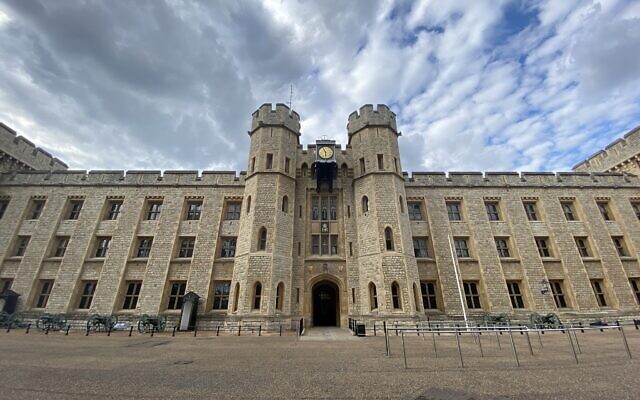
The powers of the constable were, as MacLellan details, wide-ranging. They included the right to arrest Jews — both in London and elsewhere in the country — and imprison them; to bring Jewish defendants and witnesses to court at the Exchequer of the Jews and to enforce judgments against them; and to levy fines against Jews, as well as assist with the collection of tallages and taxes. The power to fine Jews — which extended beyond the walls of the Tower to the 10 parishes around the nearby Guildhall which formed the center of Jewish settlement in London — was used liberally. MacLellan has found records of over 700 such fines levied between 1275 and 1278.
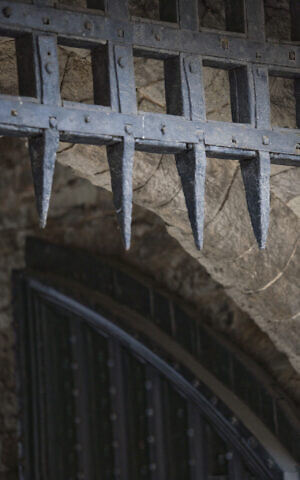
The vast majority of the 236 entries in MacLellan’s biography are of Jews imprisoned in the Tower. And, while the records are incomplete and at least 1,000 Jews are thought to have been incarcerated in the fortress during the 13th century, the names and stories of 173 people have been identified in the research.
Mostly they were locked up for coin-clipping — cutting off the edges of coins to sell or make new ones — for which 600 Jews are thought to have been imprisoned in the Tower during the height of a draconian crackdown in the late 1270s. While coin-clipping was widespread — and a practice in which Christians were also only too happy to dabble — it was Jews who bore the brunt of what became, MacLellan says, “a moral panic.” Almost 300 Jews — the bulk of whom were imprisoned in the Tower — were executed; a significant proportion of the 3,000-strong Jewish community in England.
But, as MacLellan’s research identifies, until 1275, few of the Jews who were locked up in the Tower were charged with coin-clipping. Instead, most were imprisoned for tallage arrears — and many of these are likely to have been pardoned and released after payment of a fine. MacLellan has found cases where Jews found themselves in the Tower charged with murder, hiding treasure, handling stolen goods, and blasphemy to be much more rare.
Other cases are now infamous. In 1255, for instance, 92 Jews accused of ritually murdering Hugh, a nine-year-old Christian boy, in the city of Lincoln were brought to the Tower. Eighteen of the prisoners were swiftly hanged “after the hour of dinner,” according to London’s “Liber antiquis legibus.” Facing a similar fate, one of the men, John of Lincoln, converted to Christianity and was pardoned and released. Another, Master Benedict son of Master Moses of London, was also pardoned and freed. Thanks to the king’s brother, Richard, Earl of Cornwall, and London’s friars, the remaining Jews also eventually escaped execution and were released from the Tower six months later.
Twelve of the entries center around Jews imprisoned in the Tower accused of kidnapping and circumcising a Christian boy and attempting to convert him to Christianity in Norwich in 1234. The case against the Jews dragged on for several years — during which time most likely died in prison or were executed — but what really happened is now unlikely ever to be known, believes MacLellan.
MacLellan has also identified three cases in which Jews escaped the Tower. York businessman Abraham son of Josce, for instance, was imprisoned in 1270 after being found guilty of fraud. However, he managed to flee the fortress sometime before March 18, 1272, when he gave the king 12 bezants in return for a pardon for leaving the Tower without the permission of the keeper of the gaol or the monarch.
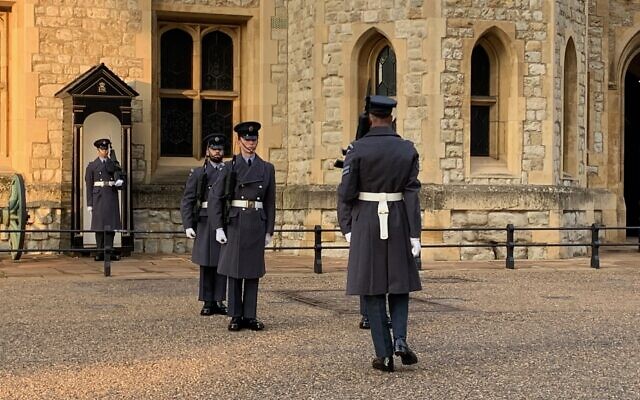
Also a sanctuary
As the research makes clear, there were also occasions when Jews were much more appreciative of a stay in the Tower. Among the constable’s other responsibilities was to protect both individual Jews and the community as a whole. In September 1189, Jews were offered shelter in the Tower when they came under attack during Richard I’s coronation in London. So serious was the killing that the 12th-century chronicler and diplomat Roger of Howden recorded that only those Jews who hid in the Tower or in the homes of friends escaped death.
The chaos surrounding such orgies of killing makes it impossible to pinpoint the precise number of Jews who took sanctuary in the Tower, but MacLennan estimates the figure is probably in the hundreds.
While other contemporary coronations didn’t spark anti-Jewish violence, the set of circumstances in 1189 lit the touchpaper, says MacLennan. “The crusade fervor of the late 1180s was likely the driving factor in the massacres, combining with the already present anti-Jewish prejudice, economic resentment and opposition to the crown’s relationship with the Jews,” he writes.
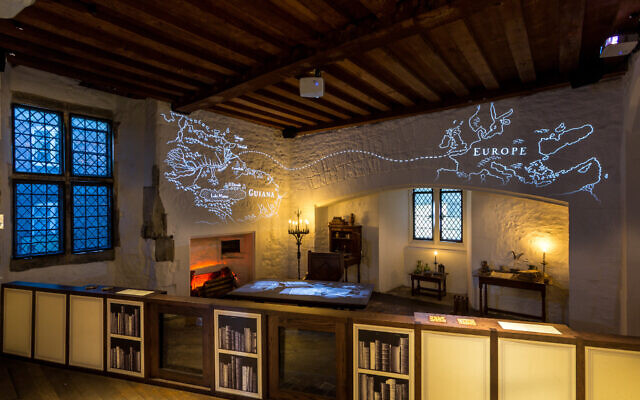
Nonetheless, precautions to protect Jews were taken when later monarchs — including Henry III in 1220 and his queen, Eleanor of Provence in 1236 — were crowned, and the Tower once again provided a place of sanctuary.
Thirty years later, as civil war struck England, London’s Jews again found themselves under threat. When the capital was seized from Henry by the rebel leader, Simon de Montfort, the Jewish community’s special relationship with the monarch placed them in the firing line. Amid rumors that they were planning to destroy London, Jews were murdered and their homes set alight by de Montfort’s forces. In reality, notes MacLellan, the rebels were motivated not simply by anti-Jewish prejudice, but also by the desire to destroy records of their debts and the chance to wage “economic warfare against the Crown.”
While many Jews owed their lives to the safety of the Tower, MacLellan has identified the names of three of those who sheltered there: Elias Blund, who died at the Tower, probably of wounds suffered in the attack, Leo son of Preciosa, and Hagin, the king’s brother’s attorney and son of Master Moses.
Three years later, when London fell to another assault by rebel barons, Jews unsurprisingly quickly made for the Tower. They were swiftly put to work, helping to defend part of the fortress walls. The 1267 siege, says MacLellan, is the only recorded occasion in Medieval England of Jews and Christians fighting alongside one another.
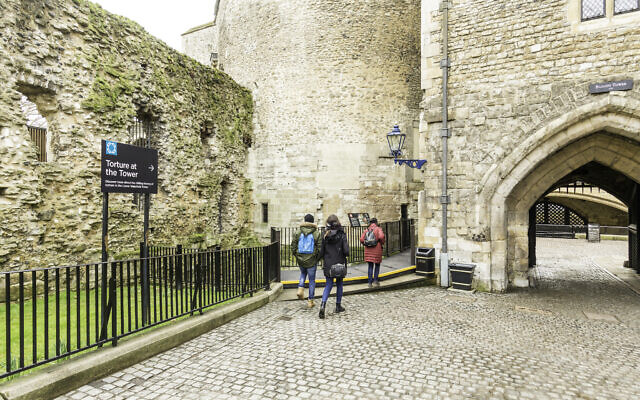
However, as the research uncovers, this was not the only instance of cooperation between England’s Jewish and Christian communities.
“I repeatedly found Jewish prisoners at the Tower who were accused of having Christian accomplices, something that was not treated as anything unusual,” writes MacLellan. He notes that Christians frequently entered London’s Jewish district to do business with Jews and has identified one court case involving a debt where a Jewish woman chose to side with her Christian neighbor rather than her Jewish friend. Anti-Jewish rioting in London was, moreover, most often instigated not by the Jews’ neighbors but by outsiders.
“Most people approach this thinking more of 1800s Eastern Europe where Jews are living in ghettos, and that’s not the case in Medieval England at all,” explains MacLellan. “There might be a street that has more Jewish people in it than Christians but it’s not separated off at all. It’s much more permeable, it’s not ghettoized.”
Perhaps MacLellan’s most fascinating finding is that at least three Jewish men worked at the Tower during the Medieval period. Two of them were converts to Christianity. Philip le Convers was a crossbowman for 12 years, while Sir Henry of Winchester, who was given a house at the Tower in August 1278 on the orders of Edward I, was part of an undercover investigation into coin-clipping.
The only practicing Jew known to have worked at the Tower was Jurnet, the son of Abraham, who was employed as a sergeant. Ironically, he had had a previous spell at the fortress, when he was imprisoned there for tax arrears. A respected member of the Jewish community — other Jews repeatedly called him in court cases as a witness, attorney or to stand bail — he was eventually pardoned and released. MacLellan’s research suggests that Jurnet’s responsibilities as a sergeant at the Tower may have included carrying bodies to London’s Jewish cemetery for burial.
But all this was shattered in 1290 when — in a fatal first for a European kingdom – Edward ordered that all Jews in England should either convert or go into exile abroad. A key reason? The exploitative taxation and persecution to which the king had subjected the country’s Jews had weakened the community financially — and therefore reduced its ability to contribute to the monarch’s coffers.
The Tower provided the stage for the final, doleful act of Jewish life in Medieval England. Around half of the country’s 3,000 estimated Jews went into exile from a wharf on the banks of the fortress.
However, 600 years later — long after Jews had been allowed to return to England in the 17th century — the Tower would, once again, come to symbolize sanctuary. For many of those fleeing Tsarist pogroms, the Tower Wharf marked their place of arrival in London and the opening of a new chapter of Britain’s Jewish story.
There's no paywall on The Times of Israel, but the journalism we do is costly. As an independent news organization, we are in no way influenced by political or business interests. We rely on readers like you to support our fact-based coverage of Israel and the Jewish world. If you appreciate the integrity of this type of journalism, please join the ToI Community.

We’re really pleased that you’ve read X Times of Israel articles in the past month.
That’s why we started the Times of Israel eleven years ago - to provide discerning readers like you with must-read coverage of Israel and the Jewish world.
So now we have a request. Unlike other news outlets, we haven’t put up a paywall. But as the journalism we do is costly, we invite readers for whom The Times of Israel has become important to help support our work by joining The Times of Israel Community.
For as little as $6 a month you can help support our quality journalism while enjoying The Times of Israel AD-FREE, as well as accessing exclusive content available only to Times of Israel Community members.
Thank you,
David Horovitz, Founding Editor of The Times of Israel

